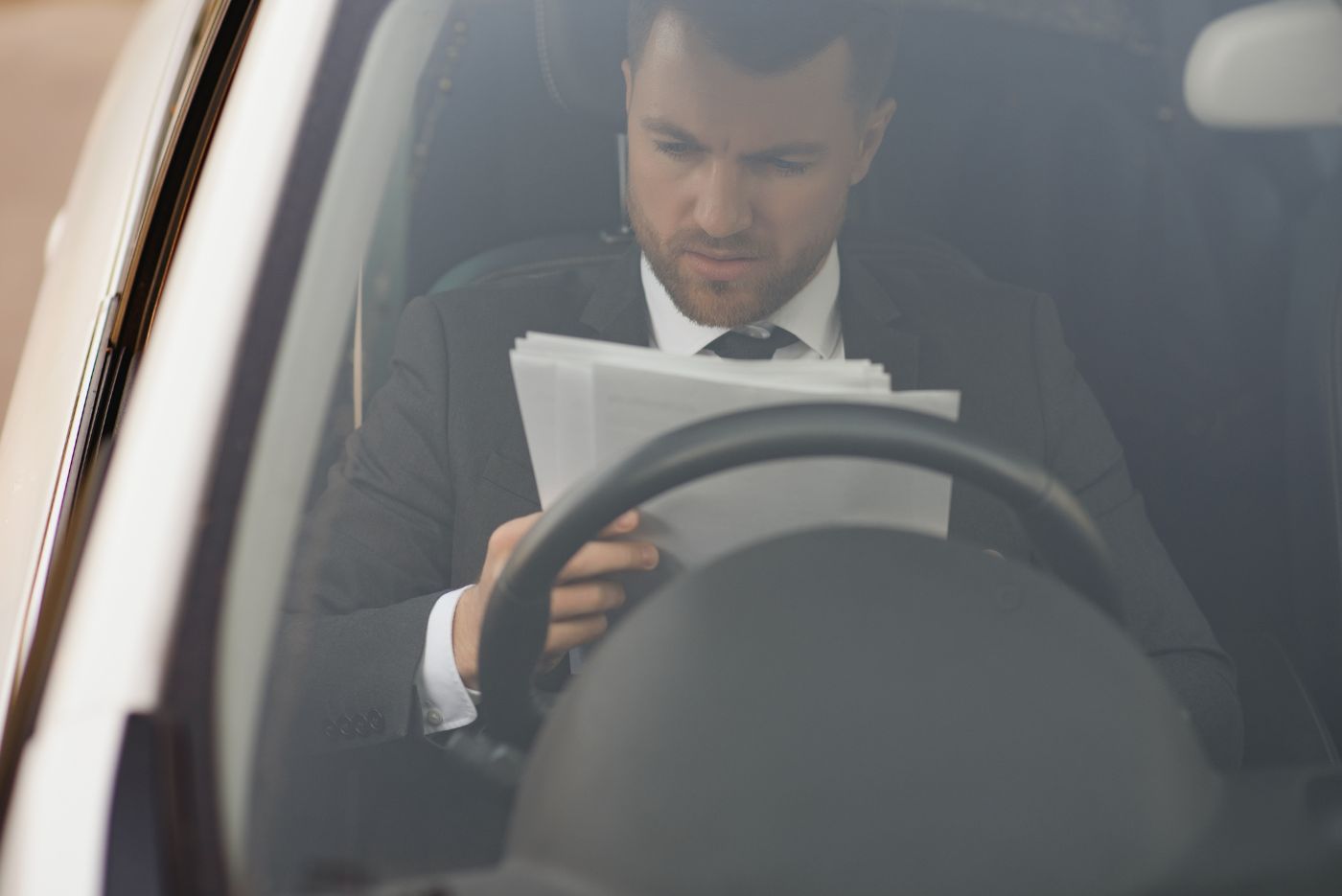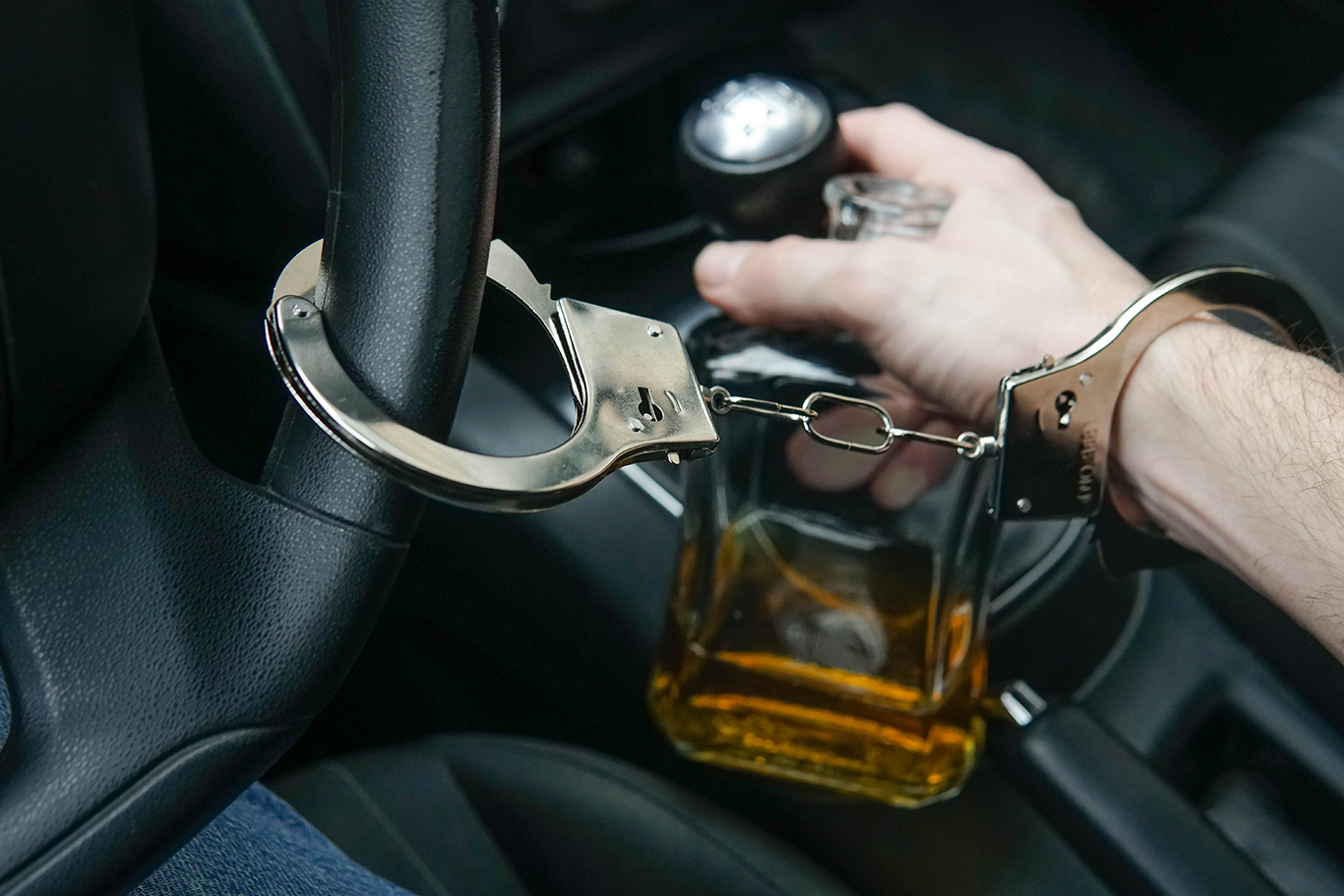Florida FR44 Insurance With a Car vs. Without a Car: Explained
16 April 2025
See How We're Different
or call us: (727) 620-0620

In the state of Florida, obtaining an FR44 insurance policy is a crucial step for individuals who have been convicted of certain driving offenses, particularly DUI. This specialized insurance serves as proof of financial responsibility and is often required by the state to reinstate driving privileges. However, the requirements and implications of FR44 insurance can vary significantly depending on whether a person owns a vehicle or not. This article will delve into the nuances of Florida FR44 insurance, comparing the scenarios of having a car versus not having one.
Understanding FR44 Insurance
FR44 insurance is a type of auto insurance mandated by the state of Florida for high-risk drivers. It is named after the Florida statute that governs it, which requires drivers to maintain a certain level of liability coverage for a specified period, usually three years. The key difference between FR44 and standard auto insurance lies in the financial responsibility limits, which are typically higher for FR44 policies.
Who Needs FR44 Insurance?
Individuals who have been convicted of serious traffic violations, such as DUI or reckless driving, are often required to obtain FR44 insurance. This requirement is part of the state’s efforts to ensure that drivers who have demonstrated risky behavior are held accountable and can cover potential damages in the event of an accident.
In addition to DUI convictions, other offenses that may necessitate FR44 insurance include driving without insurance or having a suspended license due to unpaid tickets. It is essential for affected individuals to understand their specific requirements and the duration for which they must maintain this coverage. Furthermore, the process of obtaining FR44 insurance can be daunting; many drivers may find themselves facing higher premiums and limited options as insurers assess their risk profile. Understanding the implications of these requirements can help drivers navigate their insurance needs more effectively.
Key Features of FR44 Insurance
FR44 insurance policies typically come with higher liability limits than standard auto insurance. In Florida, the minimum coverage required under an FR44 policy includes:
- $100,000 for bodily injury per person
- $300,000 for bodily injury per accident
- $50,000 for property damage
These limits are designed to provide adequate coverage for potential damages that may arise from an accident, reflecting the increased risk associated with high-risk drivers. Additionally, FR44 insurance must be maintained for three years, during which time the driver must remain compliant with all state regulations. This compliance not only includes maintaining the required coverage but also ensuring that the driver does not incur further violations that could extend their high-risk status. Failure to adhere to these stipulations can lead to severe penalties, including the potential for license suspension and increased insurance costs.
Moreover, it is important for drivers to be aware that FR44 insurance can significantly impact their financial situation. The higher premiums associated with these policies can strain budgets, especially for those who are already facing the consequences of past driving infractions. As a result, many individuals may seek out various insurance providers to compare rates and find the most affordable options available. Some insurers may offer discounts for safe driving courses or other risk-reduction measures, which can help mitigate costs while fulfilling the FR44 requirements.
FR44 Insurance With a Car
For individuals who own a vehicle, obtaining FR44 insurance is a straightforward process, but it comes with its own set of considerations. The primary focus is on ensuring that the vehicle is adequately covered while meeting the state's requirements. This type of insurance is specifically designed for those who have had their driving privileges suspended due to serious infractions, such as driving under the influence (DUI). As such, it serves as a vital step towards regaining legal driving status and reestablishing trust with the state’s regulatory body.
Cost Implications
The cost of FR44 insurance can vary significantly depending on several factors, including the driver’s history, the type of vehicle, and the insurance provider. Generally, FR44 policies are more expensive than standard auto insurance due to the higher risk associated with the driver. The increased premiums are a reflection of the insurance company's assessment of the likelihood of future claims based on the driver’s past behavior.
For car owners, it is essential to shop around and compare quotes from different insurance companies. Some insurers may offer discounts for bundling policies or for having a clean driving record after the initial FR44 requirement period. Understanding the various pricing structures can help mitigate costs while ensuring compliance with state regulations. Additionally, many insurers provide online tools and calculators that allow prospective policyholders to estimate their premiums based on their specific circumstances, making it easier to find a policy that fits both their needs and budget.
Maintaining Coverage
Once an individual has obtained FR44 insurance for their vehicle, maintaining continuous coverage is crucial. Any lapse in coverage can result in severe penalties, including the suspension of driving privileges. It is advisable to set reminders for policy renewals and to keep track of payment due dates to avoid accidental lapses. Furthermore, some insurance companies offer automatic payment options, which can help ensure that payments are made on time and reduce the risk of unintentional lapses in coverage.
Additionally, drivers should regularly review their policy to ensure it meets the required coverage limits and adequately protects against potential liabilities. As life circumstances change, such as acquiring a new vehicle or moving to a different area, it may be necessary to adjust the policy accordingly. Keeping an open line of communication with the insurance provider can also be beneficial, as they can offer guidance on how to best tailor the policy to fit evolving needs, including adding coverage for new drivers in the household or adjusting deductibles based on financial circumstances.
Impact on Driving Privileges
Having FR44 insurance is essential for reinstating driving privileges after a DUI or other serious offense. Once the policy is in place, the insurance company will file an FR44 form with the Florida Department of Highway Safety and Motor Vehicles, confirming that the driver has met the state’s financial responsibility requirements. This filing is a critical step in the reinstatement process, as it serves as proof that the driver is taking the necessary steps to comply with legal obligations.
Maintaining this coverage not only allows individuals to drive legally but also helps in rebuilding their driving record. After the three-year period, drivers may be eligible to transition back to standard auto insurance, provided they have demonstrated responsible driving behavior during that time. This transition can be a significant milestone for many, as it often comes with lower premiums and more flexible coverage options. Additionally, having a clean driving record post-FR44 can open doors to better insurance rates in the future, encouraging safer driving habits and a more responsible approach to vehicle ownership.
FR44 Insurance Without a Car
For individuals who do not own a vehicle, obtaining FR44 insurance can be more complex. While the state still requires proof of financial responsibility, the absence of a vehicle means that the insurance needs to be structured differently.
Alternative Coverage Options
For those without a car, there are a few options available for fulfilling the FR44 requirement. One common approach is to obtain a non-owner FR44 insurance policy. This type of policy provides liability coverage for individuals who drive vehicles that they do not own, such as rental cars or borrowed vehicles.
Non-owner FR44 insurance typically includes similar liability limits as standard FR44 policies, ensuring that the individual remains compliant with state regulations. However, it is crucial to verify that the policy meets the specific requirements set forth by the Florida Department of Highway Safety and Motor Vehicles. Additionally, some insurers may offer additional features, such as coverage for medical payments or uninsured motorist protection, which can enhance the overall safety net for drivers who frequently find themselves behind the wheel of a borrowed vehicle.
Cost Considerations
The cost of non-owner FR44 insurance can vary depending on the provider and the individual’s driving history. Generally, non-owner policies are less expensive than traditional FR44 policies since they do not cover a specific vehicle. However, prices can still be influenced by factors such as the driver’s record and the coverage limits selected.
As with any insurance policy, it is essential to compare quotes from multiple providers to find the best deal. Some insurers may offer competitive rates for non-owner FR44 policies, making it worthwhile to conduct thorough research. Furthermore, many insurance companies provide discounts for safe driving records or for bundling multiple types of insurance, which can further reduce costs for those seeking non-owner coverage.
Driving Without a Vehicle
While it is possible to maintain FR44 insurance without owning a vehicle, it is important to consider the implications of driving without a personal car. Many individuals may rely on public transportation, ridesharing services, or borrowing vehicles from friends and family.
In such cases, having non-owner FR44 insurance provides peace of mind, ensuring that the individual is covered in the event of an accident. However, it is crucial to remember that the coverage only applies when driving vehicles that are not owned by the insured. This limitation can be particularly relevant for those who frequently rent cars or use car-sharing services, as they may need to ensure that their non-owner policy extends to these scenarios. Additionally, understanding the nuances of how different insurance policies interact with each other can help individuals navigate potential gaps in coverage, especially when using vehicles that are not personally owned.
Comparative Analysis: With a Car vs. Without a Car
Understanding the differences between having FR44 insurance with a car versus without one is essential for individuals navigating the complexities of high-risk driving insurance. Each scenario presents unique challenges and considerations that can impact overall costs and compliance.
Compliance and Legal Requirements
In both scenarios, compliance with state regulations is paramount. For car owners, maintaining FR44 insurance is a straightforward process that directly ties to their vehicle. On the other hand, non-owner drivers must ensure that their policy meets the state’s financial responsibility requirements without a personal vehicle.
Failure to comply with these regulations can lead to severe penalties, including license suspension and increased insurance costs. Understanding the specific requirements for each situation is crucial for avoiding complications. Additionally, it is important to note that some states may have different stipulations regarding the duration of coverage required for non-owner policies, which can further complicate the decision-making process. Individuals should consult with insurance professionals or legal experts to clarify these nuances and ensure they are fully compliant with local laws.
Cost Differences
The costs associated with FR44 insurance can vary significantly between the two scenarios. Car owners typically face higher premiums due to the increased risk associated with vehicle ownership. In contrast, non-owner drivers may find their policies to be more affordable, although they still need to ensure adequate coverage to meet state requirements.
Ultimately, the choice between the two will depend on individual circumstances, including driving habits, financial considerations, and personal preferences. Conducting a thorough cost analysis can help individuals make informed decisions about their insurance needs. Moreover, it is worth considering that car owners might also incur additional costs related to vehicle maintenance, fuel, and registration fees, which can add up over time. Non-owner drivers, while saving on these expenses, should also weigh the potential costs of relying on rental cars or rideshare services, especially if they find themselves needing to travel frequently.
Flexibility and Coverage Options
Car owners have the advantage of being able to choose from a variety of coverage options tailored to their specific vehicles and driving needs. This flexibility allows for more customization in terms of policy limits and additional coverage options, such as collision or comprehensive coverage.
In contrast, non-owner drivers may have limited options, as their policies are primarily focused on liability coverage. However, this can be beneficial for those who do not drive frequently or do not wish to invest in a full auto insurance policy. Furthermore, non-owner policies often allow for the inclusion of rental car coverage, which can be a practical option for those who occasionally need a vehicle without the long-term commitment of ownership. Understanding the nuances of these coverage options can empower individuals to select the most appropriate insurance plan that aligns with their lifestyle and financial situation.
Tips for Navigating FR44 Insurance
Navigating the complexities of FR44 insurance can be challenging, but there are several strategies that individuals can employ to make the process smoother and more manageable.
Shop Around for Quotes
One of the most effective ways to ensure that you are getting the best deal on FR44 insurance is to shop around for quotes from multiple providers. Each insurance company has its own pricing structure and underwriting guidelines, which can lead to significant variations in premium costs.
By comparing quotes, individuals can identify the most competitive rates and find a policy that meets their needs without breaking the bank. It is advisable to gather quotes from at least three to five different insurers to get a comprehensive view of the market.
Understand Your Coverage Needs
Before committing to a policy, it is essential to have a clear understanding of your coverage needs. For car owners, this may involve evaluating the value of the vehicle and assessing potential risks. For non-owner drivers, it is crucial to consider how frequently you will be driving and the types of vehicles you may be operating.
Taking the time to assess your unique situation can help ensure that you select a policy that provides adequate protection without unnecessary costs.
Maintain a Clean Driving Record
After obtaining FR44 insurance, maintaining a clean driving record is vital for transitioning back to standard auto insurance after the required period. Safe driving practices not only help avoid accidents but can also lead to lower insurance premiums in the future.
Engaging in defensive driving courses or other educational programs can demonstrate a commitment to safe driving and may even qualify individuals for discounts on their insurance premiums.
Conclusion
Florida FR44 insurance is a necessary step for individuals who have faced serious driving offenses, and understanding the implications of having a car versus not having one is crucial. Each scenario presents unique challenges and considerations, from compliance and costs to coverage options and flexibility.
By thoroughly researching and comparing options, individuals can navigate the complexities of FR44 insurance more effectively, ensuring that they meet state requirements while also finding a policy that suits their needs. Whether owning a vehicle or relying on alternative transportation methods, being informed and proactive can lead to better outcomes in the realm of high-risk driving insurance.




